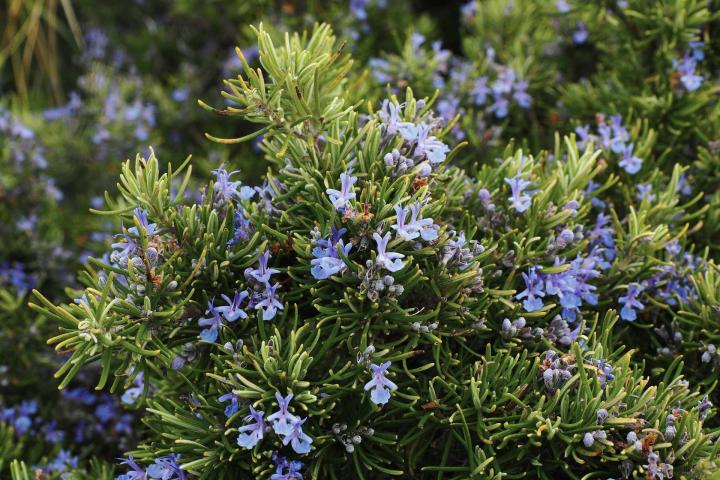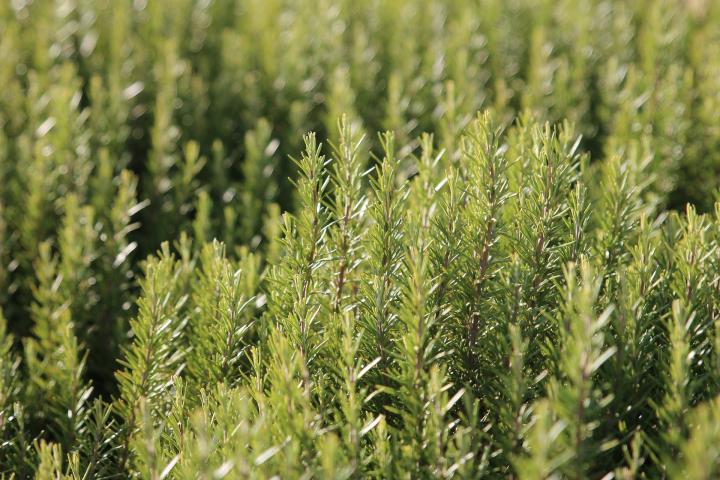
Planting, Growing, and Harvesting Rosemary Plants
ADVERTISEMENT
Am always with you people
Hi I have a very large Rosemary plant outside and right now it looks like it is dying there is only a little green left. Are they supposed to look like this at this time of year? Should I cut it back to see if it gets better?
Should I cut it back to the route or cut all and dry b4 I put it in a bag?
Hi Lisa, Thanks for writing in. Rosemary is a plant that thrives in a Mediterranean-like climate and does not do well in locations with cold winters. It is not uncommon for its branches to appear dead in early spring. Since there is a little green remaining, that is a positive sign. To determine if a branch is dead, scrape the bark of a few stems. If the stem is green underneath, new growth is possible. If it is brown, removal is necessary. If all branches are brown underneath the bark, it is best to remove and get a new plant.
I planted seeds, many knowing germination can be low, and I have about 25 seedlings in a 7in diameter pot! They have just started their second set of leaves. Some are spindle-y-lanky some have nice thick stems. I have been leaving them outside all the time and they seem to be loving this spring in Maryland. I am wondering at what point to I thin them? Do I have to thin them? Amazing that this isn't info I could find on the internet! Thanks in advance!











Comments